Abia NEWMAP-EIB: Investment Dossier (Enhanced Draft Content)
[Note: This Markdown draft provides the updated core content based on all provided information. Final formatting, page breaks, and incorporation of image files (visualizations, maps) should be done in Word or a similar tool. Target length < 40 pages.]
Executive Summary
Abia State, Nigeria, faces a critical environmental and socio-economic threat from severe gully erosion and watershed degradation, exacerbated by climate change impacts. The European Investment Bank Assisted Nigeria Climate Adaptation-Erosion and Watershed Project (NEWMAP-EIB) represents a strategic, data-driven initiative to address this challenge head-on. Building on the proven success of the World Bank-funded NEWMAP Phase 1 (2013-2022), which directly benefited 1,890 households (protecting an estimated 7,560 lives), NEWMAP-EIB employs an integrated approach combining robust engineering, nature-based solutions (NbS), community engagement, and cutting-edge digital Monitoring, Reporting, and Verification (MRV).
Recent assessments have identified approximately 72 significant gully sites across 14 Local Government Areas (LGAs), with a alarming [Insert percentage from priority_distribution.png, e.g., ~60%] classified as requiring URGENT ACTION. These sites pose immediate risks to lives, livelihoods, infrastructure, and agricultural land.
NEWMAP-EIB is investment-ready, backed by substantial Abia State counterpart funding (NGN 500 million secured in account, with an additional NGN 500 million committed in the pipeline) and administered by UNOPS under the EIB financing framework (€175 million initial envelope). The project offers a scalable and replicable model for climate adaptation, disaster risk reduction, and sustainable development, directly contributing to Nigeria’s Nationally Determined Contributions (NDC) and global climate goals.
While significant progress has been made, a substantial financing need of approximately US $65 Million remains to fully address the identified urgent sites and scale up interventions across the state. This dossier presents the compelling case for partnership and investment—through grants, concessional loans, and carbon finance—to bridge this gap, scale up interventions, and secure a climate-resilient future for Abia State.
1. The Challenge: Erosion and Climate Vulnerability in Abia State
- Context: Describe Abia State’s geography, climate patterns, and vulnerability to erosion and flooding.
- Scale of the Problem:
- Present data on the number of identified gully sites (~72 analyzed).
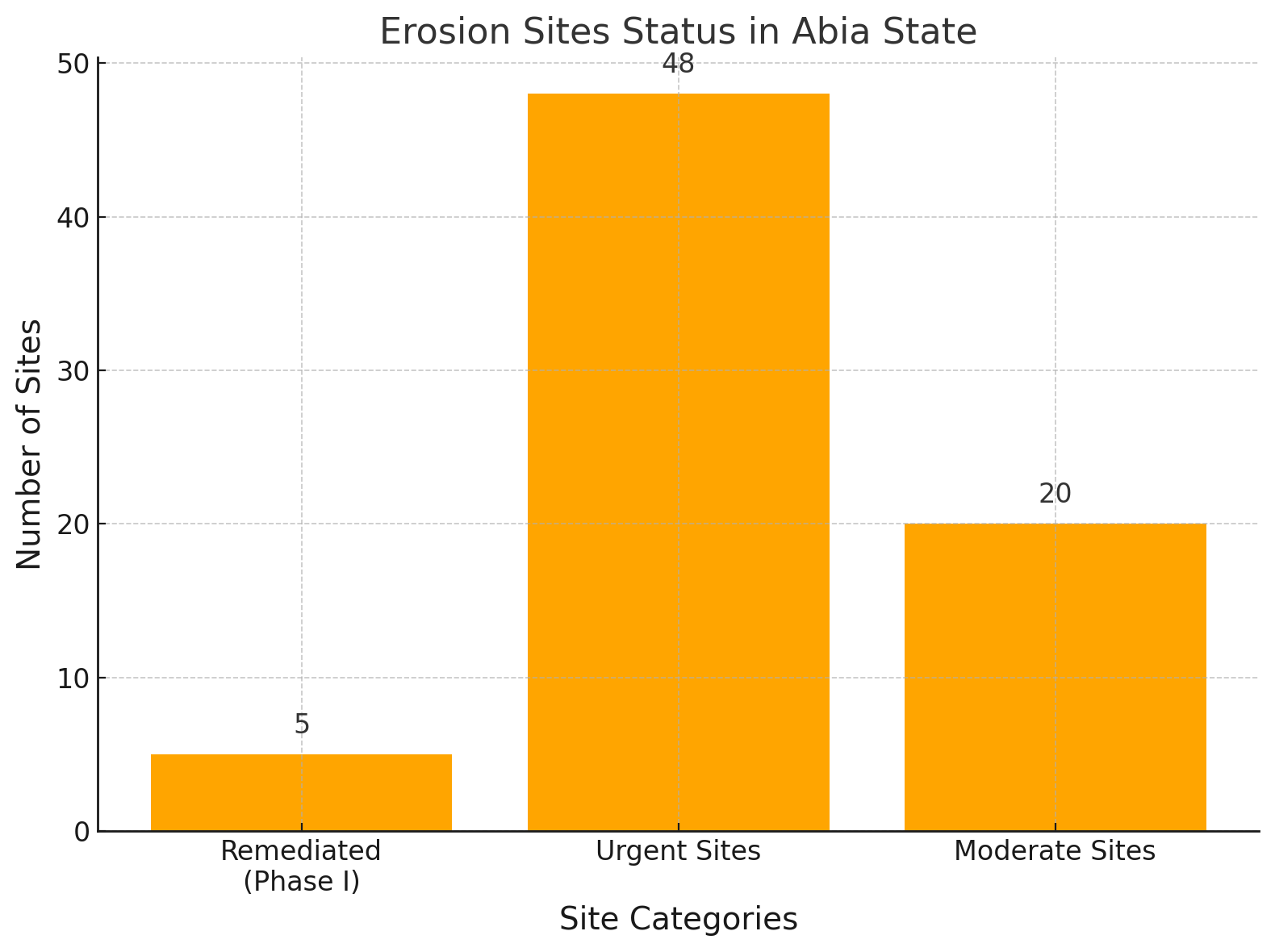
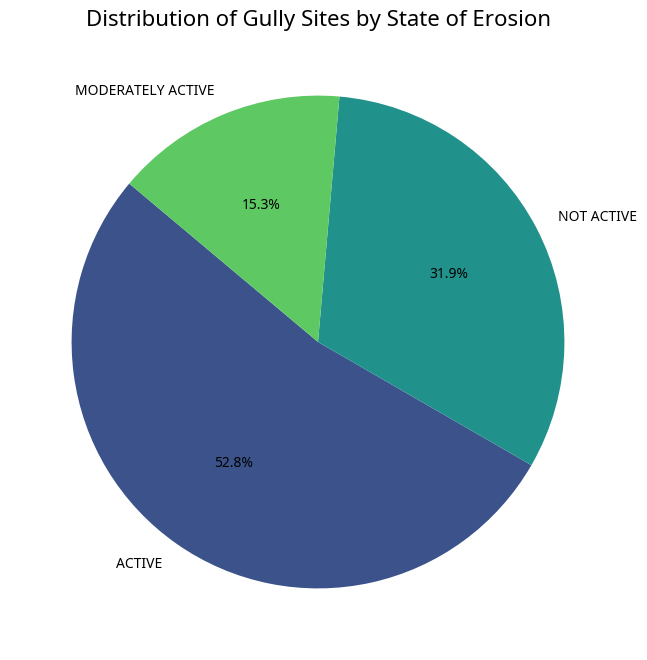
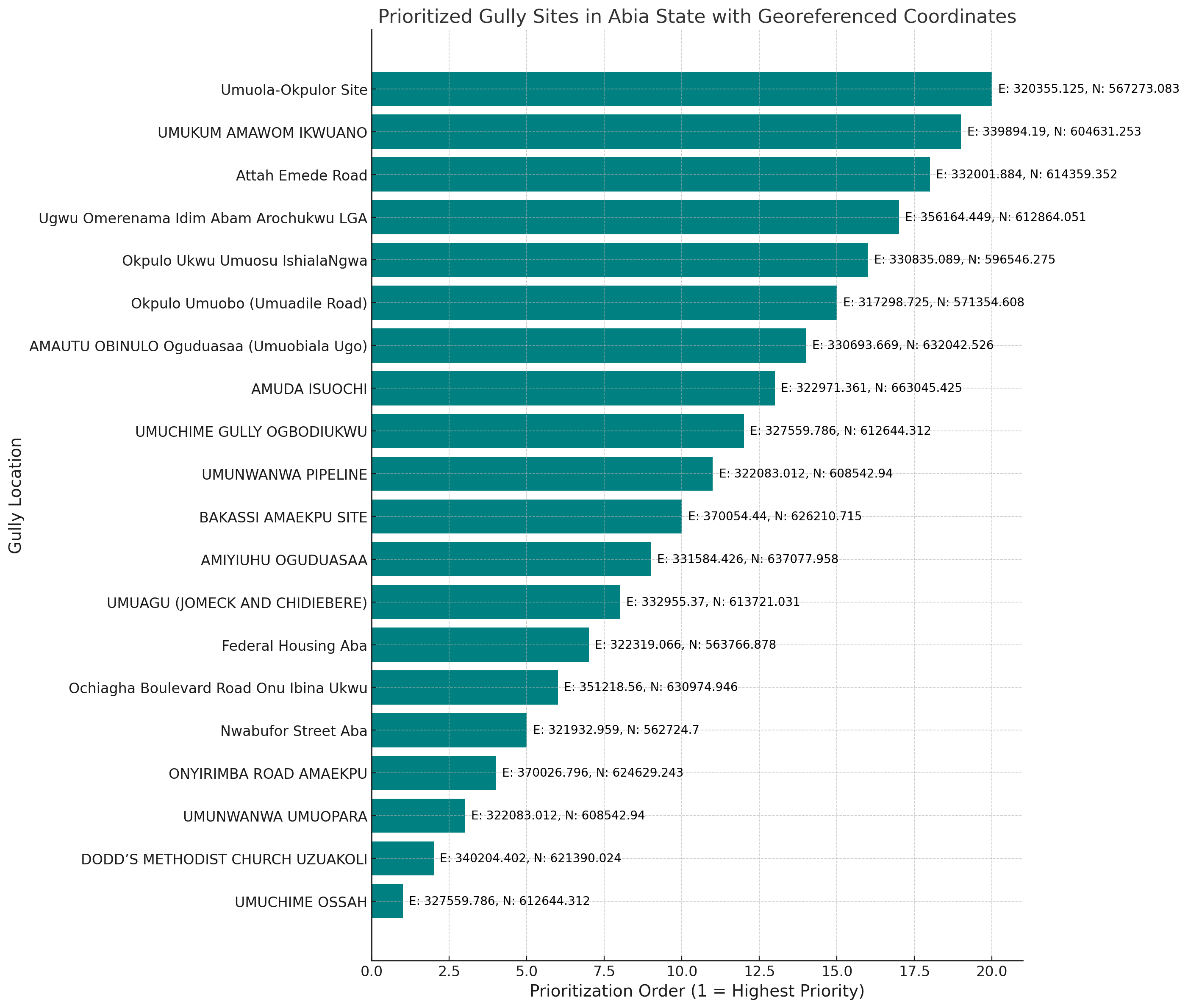
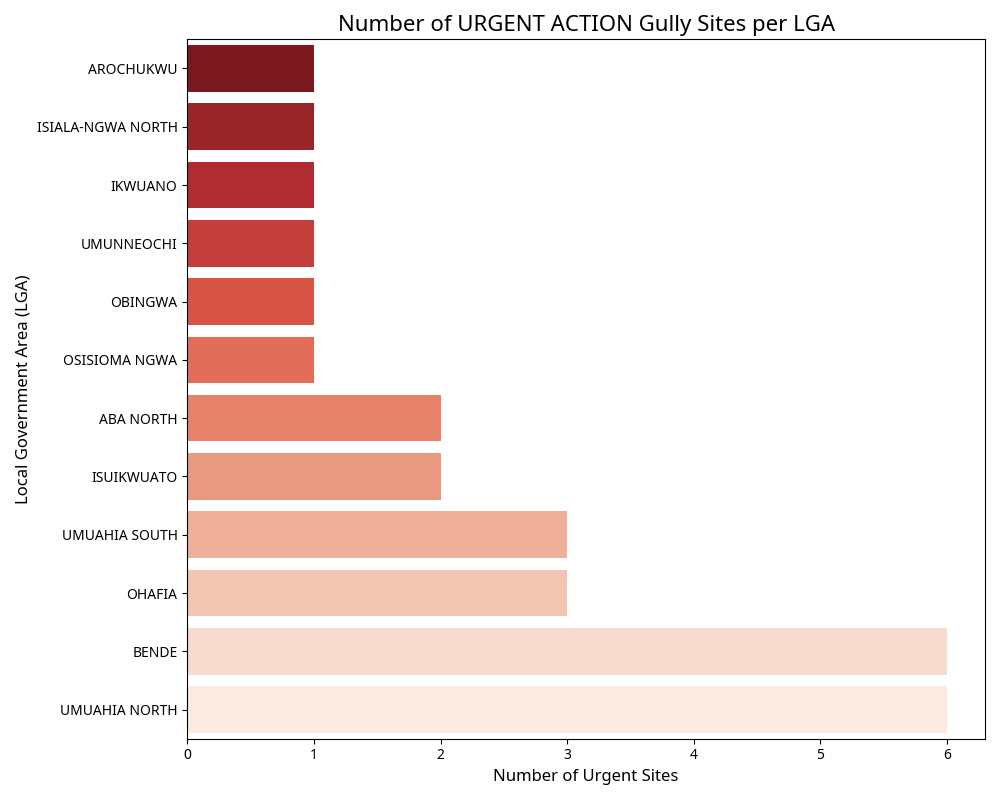
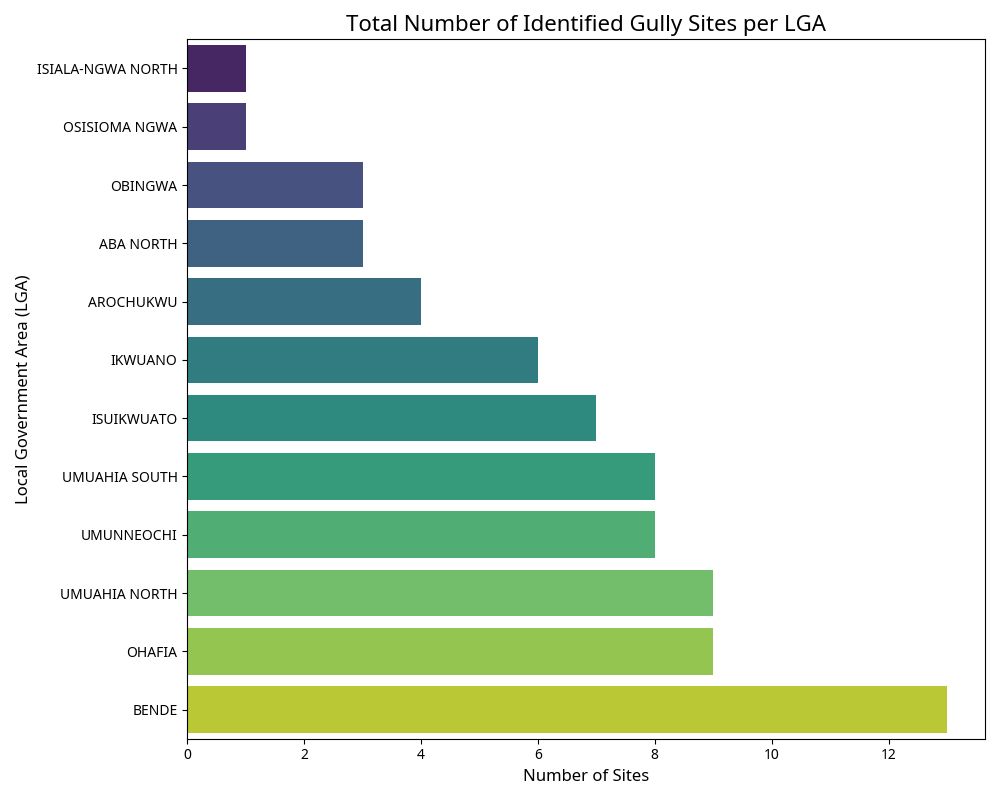
- [Optional: Insert Map Images like Active Sites-vetted.jpg or Top_Priority_Sites.jpg]
- Impacts: Detail the consequences – loss of land, infrastructure damage (roads, buildings), displacement, agricultural disruption, water resource contamination, safety risks to thousands (linking back to the 7,560 lives protected in Phase 1 as an indicator of scale).
- Climate Change Link: Explain how changing rainfall patterns intensify erosion.
2. The Solution: NEWMAP-EIB Integrated Approach
- Building on Success:
- Summarize NEWMAP Phase 1 achievements (2013-2022).
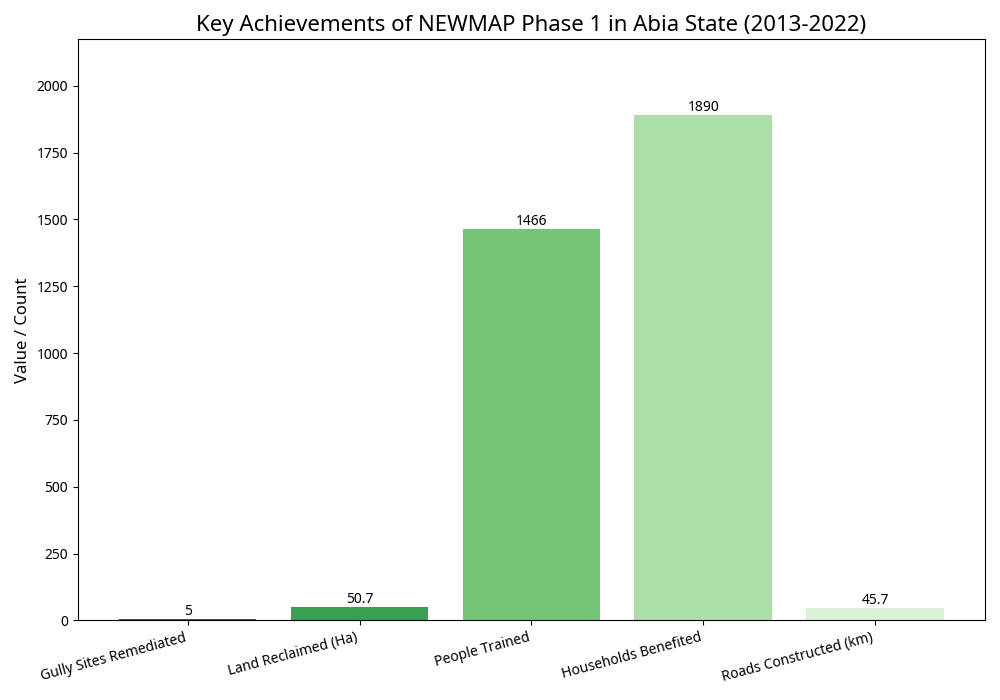
- NEWMAP-EIB Framework (2024-2029):
- Funding: EIB (€175M), Abia State Counterpart (NGN 1 Billion total commitment - NGN 500M secured, NGN 500M pipeline).
- Administration: UNOPS.
- National Alignment: NCCC.
- Core Methodologies:
- Robust Engineering: Detail types of interventions (check dams, retaining walls, drainage systems, slope stabilization).
- Nature-Based Solutions (NbS): Explain bioremediation, afforestation, vetiver grass planting, sustainable land management practices – highlight carbon sequestration co-benefits (potential for carbon finance).
- Community Engagement: Describe participatory approaches, livelihood support programs (building on Phase 1 training), capacity building.
- Digital MRV: Explain the use of drones, sensors, GIS for monitoring progress, impact assessment, and ensuring transparency (link to Article 6 potential).
3. Project Portfolio & Impact Potential
- Current Portfolio: Detail the ~72 assessed sites, categorized by priority and LGA.
- Focus on Urgent Sites: Emphasize the ~43 sites requiring immediate intervention.
- Site Spotlights (Select 2-3 examples from the Excel ‘Recategorization’ sheet):
- For each spotlight:
- Location (LGA, Community).
- State of Erosion & Priority.
- Brief description of the threat.
- Proposed intervention type (if known).
- Estimated beneficiaries / assets protected.
- [Optional: Include site-specific photos if available]
- For each spotlight:
- Expected Outcomes (with full funding):
- Remediation of all ~43 urgent sites and significant progress on others.
- Substantial land stabilization and reclamation (quantify potential Ha, e.g., target 80ha+ based on Ask Deck).
- Reduced disaster risk for thousands more lives, homes, and critical infrastructure.
- Improved livelihoods and food security for thousands of people (e.g., target 5,000+ based on Ask Deck).
- Enhanced ecosystem resilience and biodiversity.
- Measurable carbon sequestration through scaled-up NbS.
- Strengthened local and state capacity for climate adaptation.
4. Governance, Partnerships & Sustainability
- Governance Structure: Detail the roles of EIB, UNOPS, NCCC, Abia State SPMU, LGAs, and communities (as per
partners.txtcontent). - Partnerships: List key partners (logos can be added in final formatting).
- State Commitment: Reiterate the NGN 1 Billion total counterpart funding commitment as strong evidence of ownership.
- Sustainability Strategy: Outline plans for long-term maintenance, community ownership, capacity building, and integration into state planning.
5. Investment Case & Financing
- Investment Rationale:
- Proven model with measurable results (Phase 1).
- Addresses urgent, large-scale environmental and social risks.
- Strong government commitment (NGN 1Bn) and institutional framework.
- Delivers multiple co-benefits (adaptation, mitigation, SDGs).
- Scalable and replicable approach.
- Investment-ready with assessed sites and methodologies.
- Current Funding:
- [Insert Visualization: conceptualfundingoverview.png - potentially update to reflect NGN 1Bn commitment vs EIB]
- Detail EIB loan (€175M) and Abia State Counterpart (NGN 500M secured + NGN 500M pipeline).
Financing Need & Gap (Summary Table):
Item Status / Amount Notes Total Financing Need ~US $65 Million To address all urgent sites & scale interventions Component Needs (Indicative) - Grants ~US $20 Million For NbS, livelihoods, capacity building, MRV - Concessional Loan ~US $40 Million For engineering works, larger infrastructure - Carbon Finance ~US $5 Million Potential based on scaled NbS & robust MRV Secured EIB Funding €175 Million (~US $190M*) Initial envelope (*Assumes ~1.08 USD/EUR) Secured State Funding NGN 500 Million (~US $0.33M**) Initial tranche (In Account) (**Assumes 1500 NGN/USD) Committed State Funding NGN 500 Million (~US $0.33M**) In Pipeline Identified Funding Gap Significant gap (~US $65M) Requires blended finance coalition Call to Action: Invite partners to join Abia’s blended-finance coalition to bridge the $65M gap through grants, concessional finance, carbon investment, and technical assistance.
- Example Impact: A $10M grant can deliver tangible results like fixing 15 gullies, re-greening 80 ha, and climate-proofing 5,000 people.
- Potential ROI: Highlight environmental (land saved, CO2 sequestered), social (lives protected, livelihoods improved), and economic (infrastructure saved, agricultural productivity) returns.
6. Monitoring, Reporting & Verification (MRV)
- Framework: Describe the digital MRV system.
- Technologies: Drones, GIS, remote sensing, potential IoT sensors.
- Transparency: Commitment to open data principles (referencing the portal concept).
- Article 6 Readiness: Highlight how robust MRV supports potential carbon market engagement (linking to the $5M carbon finance target).
7. Conclusion & Next Steps
- Reiterate the urgency and the $65M investment opportunity.
- Summarize the strength, track record, and commitment behind NEWMAP-EIB.
- Outline clear next steps for potential partners (e.g., contact for detailed discussion, site visits, proposal co-development).
- Provide contact information: Ikechukwu Ukaegbu, State Project Coordinator, [Email: Ikechukwu.Ukaegbu@abiastate.gov.ng], [Website: abianewmap-eib.com].
Appendices (Suggest content, to be added in final formatting)
- Detailed List of Assessed Gully Sites (from Excel).
- Full SPMU Organogram.
- Letters of Commitment (State Govt).
- Detailed MRV Methodology.
- Links to Key Reference Documents (EIB Project Info, Phase 1 Reports).